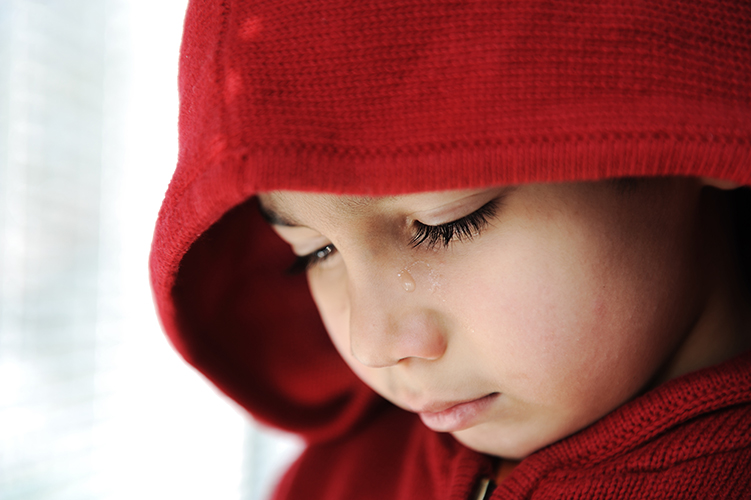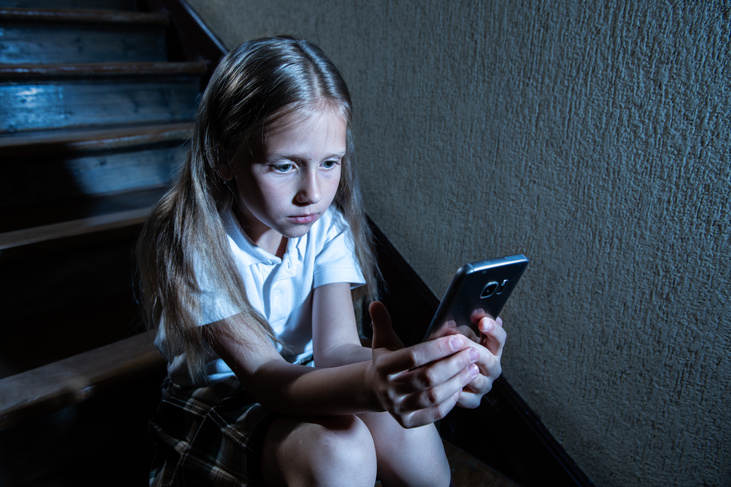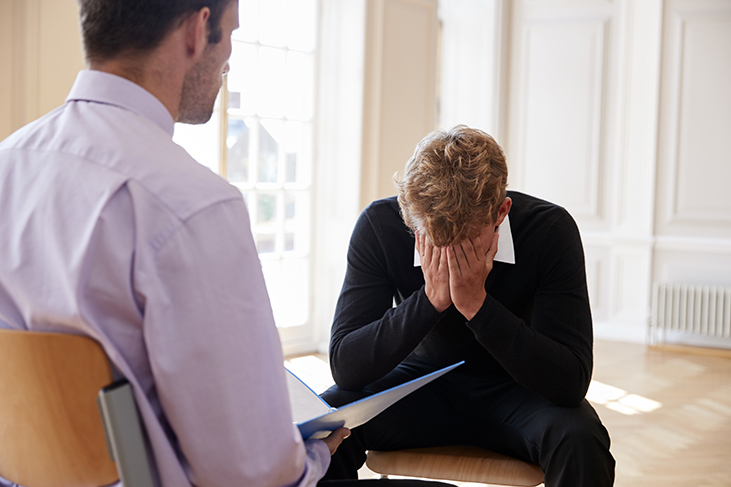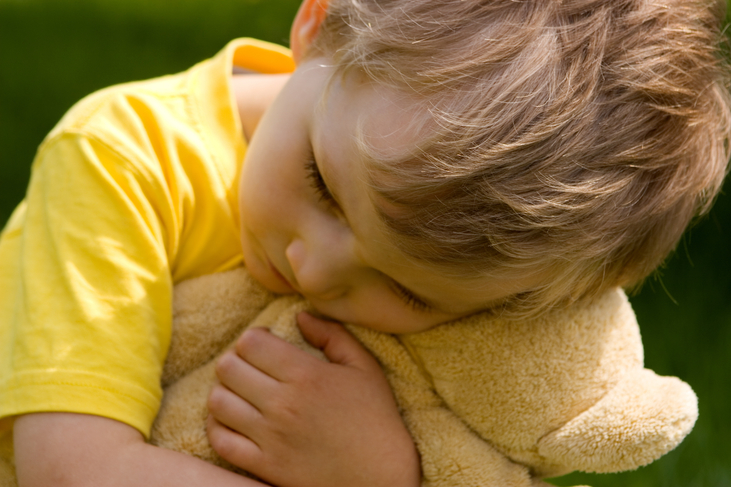What to do if you suspect abuse

Before reading, please note: If you suspect that an individual is at immediate risk of danger or harm, you should always dial 999 in the first instance.
The best safeguarding practice involves following the standard processes and procedures set in place by your workplace, which is why it’s so important to continually refresh your safeguarding training. Fortunately, there are some standard safeguarding procedures for what to do if you suspect abuse that remain the same no matter where you work.
Remembering who is at risk of abuse
One of the most important aspects of safeguarding best practice is being aware of who is at risk of abuse and neglect. Children and vulnerable adults aren’t the only people who might experience abuse after all. You should bear in mind that the people you least suspect can fall victim to abuse at any point in their lives.
In fact, any individual, young or old, from any background and in any social situation, can become a victim of abuse or neglect at any time.
Similarly, you should keep in mind that any individual of any age, from any background, could also be a perpetrator of abuse. This is why it’s so important to maintain a person-centred approach or a “child focus” in any safeguarding incident. In other words, the victim’s statement, not the suspected abuser’s, should always be considered the most important.

Knowing what to look out for
Abuse doesn’t always look like violence, and it isn’t necessarily easy to notice. Remember that abuse can take many forms, such as neglect, child sexual exploitation, physical, emotional, and online abuse. Of course, these are just a few of the different types of abuse an individual could be at risk of.
A verifiable safeguarding course such as our Safeguarding Children online training will teach you the various signs and indicators of the different forms of abuse, so that you know what to look out for and when to suspect something isn’t right.
Some obvious causes for concern include:
- Bruising, marks, cuts, burns, or scratches in any non-accidental injury site (an area of the body where accidental injury is not likely to happen, such as the tops of a person’s arms)
- Allegations or disclosures of abuse or maltreatment, especially those that come directly from the victim
- Inconsistent answers when you ask an individual how they got a certain injury
- Suspicious behaviour, particularly if it seems like someone is trying to cover up something or deliberately draw your attention away from serious questions about abuse or neglect
- Adults who display concerning or uncomfortable behaviour around children (anyone under the age of 18)
- Children who are in relationships with someone older than them, especially anyone over the age of 18
- Sudden changes in behaviour, such as a happy individual becoming withdrawn and depressed for no obvious reason
- Low self-esteem, extreme shyness or anxiety, refusing to talk to certain people, unexplainable crying

What to do if you suspect abuse
Identifying abuse isn’t as simple as it might sound. Even when your suspicions seem undeniable, there are still complications you could face before reporting your concern. Bear in mind that not everyone experiencing abuse is aware that they are a victim. In the case of child grooming or when the abuser is a close friend or family member that the victim trusts, it can be difficult to shine the light on the reality of their situation.
A lot of people will get naturally defensive when they’re questioned about suspected abuse even if they are aware that they or someone they love is suffering. Fear of what will happen to them or the abuser, fear of what people will think about them, and sometimes even the fear of accepting what has happened to them can all be contributing factors in a person’s decision to cover up their abuse. As a professional, you need to be sensitive to this and understand that some people simply will not make a disclosure.
However, this does not mean that you should give up. You still have a legal responsibility to report anything you have witnessed and to give details of any suspected maltreatment. Sometimes, the smallest concerns can lead to the biggest discoveries when it comes to safeguarding, so never feel that your worry is too small or not serious enough.
Report everything. It’s better to report than to remain silent and concerned.

How to report child abuse
First and foremost, remember that all safeguarding matters should be kept confidential throughout the process. Do not tell anyone about your concerns except for the individuals directly responsible for safeguarding in your organisation.
Your workplace will have a standard procedure in place for reporting child abuse. This is usually found in your safeguarding folder, along with the contact details of any individuals responsible for safeguarding.
Generally, all safeguarding concerns will need to go through the safeguarding lead person. This is the person who takes responsibility for safeguarding in your workplace. They will escalate your concerns to the correct authorities after you approach them with information about what you have witnessed or any suspected abuse.
If your organisation does not have a safeguarding lead person, you can usually contact the local authority MASH team or social services directly, but again, you must be careful to not reveal any confidential information until you are speaking to the right person.
Sometimes, it will be necessary to call the police in the first instance. This is the case if anyone is at immediate risk of danger. Always use your best judgement and treat any safeguarding emergency as you would a normal emergency, by dialling 999 straight away.
Learn the correct reporting procedure
To learn the correct reporting procedure for your workplace and to deepen your understanding of safeguarding best practice, you will need to take a verifiable safeguarding course. Please click here to browse our available online courses now.
Alternatively, get in touch with our friendly customer support team to arrange safeguarding training on your premises. Call us on 01327 552030, email hello@smarthorizons.co.uk, or use the live chat feature available on this website.
Our offices are open from 9am to 5.30pm, Monday to Friday.
